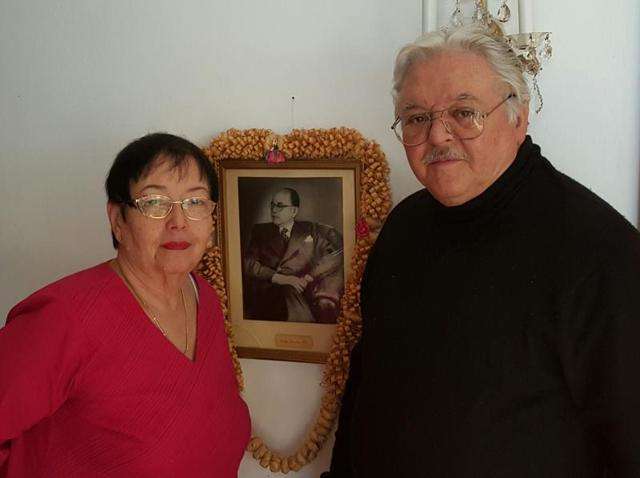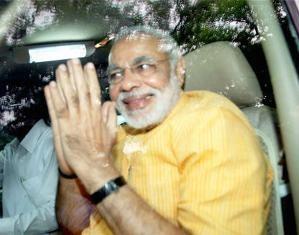September 1, 2016
A hitherto unreleased 1956 investigation report by the Japanese government had confirmed that the iconic Indian leader Subhas Chandra Bose died in the plane crash in Taipei on August 18, 1945, reinforcing the view of earlier investigations and official reports.

September 1, 2016
A hitherto unreleased 1956 investigation report by the Japanese government had confirmed that the iconic Indian leader Subhas Chandra Bose died in the plane crash in Taipei on August 18, 1945, reinforcing the view of earlier investigations and official reports.

Bose’s Germany-based daughter, Anita Pfaff, who told Hindustan Times earlier this year she was annoyed with many people continuing to believe 'asinine' theories that he survived the crash, believes India should now bring his ashes from Tokyo to India.

The Japanese government report – comprising seven pages in Japanese and 10 pages in English – is likely to be officially released later this month, according to Ashis Ray, the London-based grand-nephew of Bose, who has collected known and less known documents related to his death over the years.
The report, titled ‘Investigation on the cause of death and other matters of the late Subhas Chandra Bose', reached the conclusion that he met with an air crash at Taipei on 18 August 1945 and died in a hospital there the same evening.
It says: “Immediately after taking off, the airplane in which he (Bose) rode fell to the ground, and he was wounded,” About 3.00 pm, he entered the Nanmon Branch of Taipei Army Hospital… and about 7.00 pm he died, it adds.
The findings also state that on August 22, he was cremated at the Taipei Municipal crematorium.
From January, the Narendra Modi government began declassifying hundreds of files related to Bose, following demands by members of his family and others. A section of the family and others maintain Bose survived the crash and lived incognito in India for several years.
Ray said on Thursday: “This is yet another decisive breakthrough. There is now no reason why the Government of India should not accede to Bose's daughter Anita Pfaff's request to transfer her father’s ashes from Tokyo to India.”
The report was said to be completed in January 1956 and submitted to the Indian Embassy in Tokyo, but since it was a classified document, neither side released it.
Ray added: “I am reliably informed Japan's diplomatic archive plans to release the document at the end of September. A copy of the document has been given to the Indian government. The fact is the Indian Embassy in Tokyo and the Ministry of External Affairs in Delhi had misplaced the copy given to it in 1956.”
In a detailed description of the crash, the report says “after the plane had taken off and risen about 20 meters above the ground, one petal of the three-petaled propeller of the left wing was suddenly broken, and the engine fell off.”
It continues: 'The airplane, subsequently unbalanced, crashed into ballast piles, beside the strip of the airport” and “was wrapped in flames in a moment.”
“Mr. Bose, wrapped up in flames, got off the plane; Adjutant Rahmin (Colonel Habibur Rehman) and other passengers exerted themselves to take his clothes off, but his whole body was seriously wounded by burns.”
The report provides salient features relating to his condition and the treatment administered to him at the hospital.
It then goes on to say: “Until about 7 p.m, he kept clear consciousness, and had talks with Adjutant Rahmin, but suddenly his consciousness was lost, and his heart ceased to move. In spite of several injections of heart stimulant and artificial aspiration (respiration), he could not revive.”
The document declares : “By his side were Military-Surgeon (Toyoshi) Tsuruta, Colonel Rahmin, Interpreter Nakamura and a gendarme (as a guard) at the moment of his death.”
The report includes four sketches: of the airport and where the plane crashed; of the plane and where each passenger was seated, including Bose; of the hospital and room where Bose was treated; and a more detailed description of the same room and the bed on which Bose breathed his last.
The Shah Nawaz Khan-led inquiry instituted by the then Indian prime minister Jawahar Lal Nehru investigated the matter later in 1956, and reached the same conclusion as the Japanese government did.
Courtesy: HT















































































































